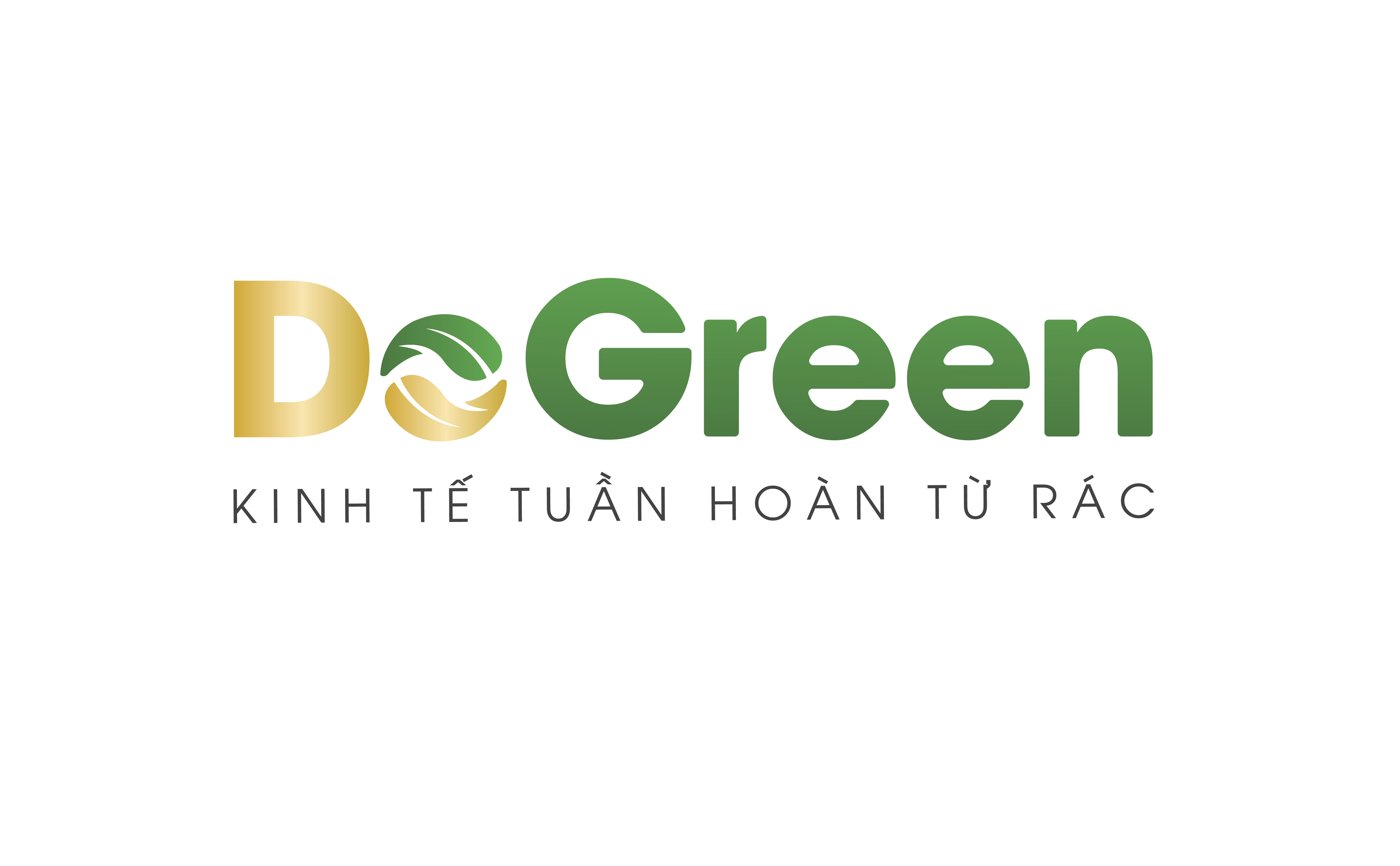Green finance is widely discussed as global policy makers continue their push for more sustainable and efficient energy sources in an era of growing concerns over climate change.

Consequently, green bonds, which are bonds that fund environmentally friendly businesses and assets, have emerged as one of the key financing mechanisms driving the global economy’s transition to a greener future.
Green bonds in numbers
2016 was a record year for green bonds. Globally, the market saw some US$86 billion (Bt2.9 trillion) worth of issuances – more than double the $42.2 billion issued in 2015. With the growth in volumes, the market also saw shifts in issuer profiles.
Geographically, developing markets in Asia, predominantly China, became a key driver of volumes accounting for 43 per cent of global green bonds issued in 2016. Volumes from Chinese issuers alone grew from 7 per cent of total volumes in 2015, to 36 per cent in 2016, bolstered by accommodative regulations after the country’s policy makers laid out clear guidelines on green bonds. Similarly, Indian issuers drove volumes to meet the ambitious renewable energy targets set by the current government.
Encouragingly, the mix of green bond issuers continues to grow, adding more breadth and variety to the market. Besides existing issuers, key developmental organisations such as the European Bank for Reconstruction and Development, International Finance Corporation and the World Bank, tapped the market again last year. Interestingly, 2016 also saw new corporate entrants from both developed market such as Apple, Toyota, Hyundai, Iberdrola and emerging economies including Hero Future Energies and Axis Bank from India, China Industrial Bank, Bank of Qingdao and Xinjiang Goldwind from China, and Bancolombia from Columbia, among others. This trend highlights the growing acceptance and comfort among issuers toward green bonds.
Developments in Asean markets
Compared to the rest of Asia, green bond growth in Asean has been slow to take off. Nonetheless, there has been a concerted push by the Asean Capital Market Forum to jointly galvanise this market for the region. Regulators from the region recognise the importance of green finance in supporting sustainable growth in Asean and the increasing amount of global capital seeking green investments. The latter augurs well in attracting investments into diverse asset classes in Asean, with green bonds being one of them. It also meets the dual objective of promoting green growth and making Asean an attractive market for investors.
Asean economies are in varying stages of transition to becoming a low-carbon economy. Despite that, there is no dearth of green assets in the region. In fact, green assets ranging from green buildings and renewable energy to investments into water treatment, waste management and forest conservation, all make for a compelling green bond issuance platform. What could act as a catalyst to encourage growth of green bonds in Asean is the involvement of corporates and banks in the low-carbon agenda, where participating in green financing could be seen as an alignment towards national objectives.
What lies ahead
We expect 2017 to be another exciting year for green bonds globally, with market observers expecting issuance volumes to top $100 billion.
The Conference of the Parties 22 (COP22) conference in Marrakech last November showed that countries are now explicitly linking green bond plans to the delivery of national climate change plans. Poland became the first government to issue a green bond last December; France announced intentions to issue a multi-billion euro-denominated green bond this April; and Sweden is looking at ways to promote the green bonds market. Developing countries, such as Nigeria, are also in early stages of discussion looking to raise green financing with proceeds to fund solar power, transport and forestry projects.
As green bonds become mainstream, we can also expect innovation to be as much a part of 2017 as it was in 2016. Last year, we saw Asia’s first green covered bond issued by Bank of China and the first ever green Masala bond by India’s NTPC.
As the rest of the world takes green finance forward, we expect that markets in Asean will also see its green shoots soon.
HENRIK RABER is Global Head, Capital Markets, Standard Chartered Bank


0 Comments